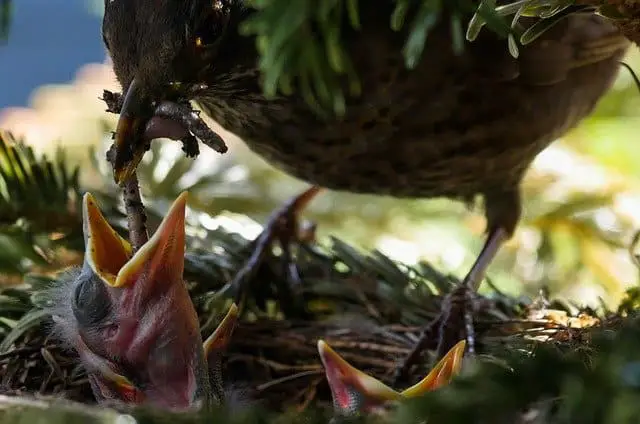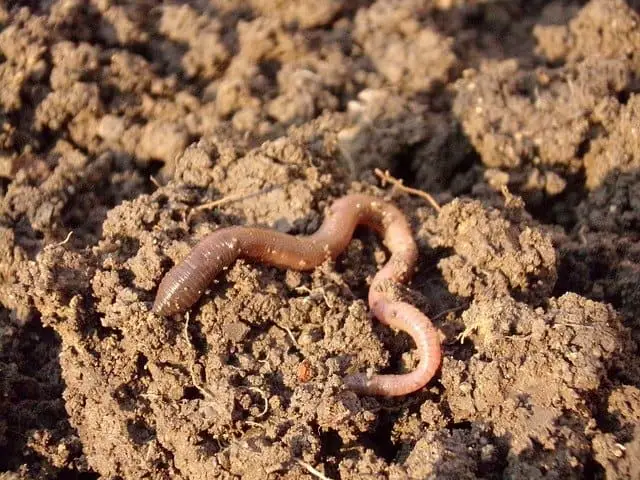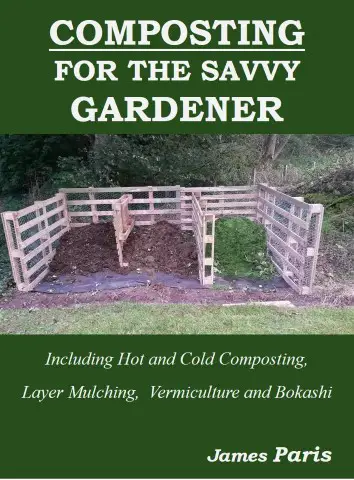Earthworms are perhaps the most overlooked of natures creatures, and the value that they bring to gardens, sports fields, and ‘the great outdoors’ can only be described as inestimable.
There are many thousands of species of earthworms, each with their own specialist job to do. However they all have a couple of basic things in common that keep the health of soil healthy and productive.
- Improve soil structure. Earthworms improve the condition of the soil as they burrow through the soil leaving mucus lined tunnels behind them. These tunnels have a higher nutrient value thanks to the mucus excreted by the worm to enable its movement. The tunnels also act as drainage channels to allow the passage of water thereby not only reducing the chance of waterlogged soil, but also bringing down valuable nutrition and water to the roots of the plants.
- Worms bring nutrients. This could be added to the above benefit, however the earthworm also helps the overall composting process that occurs when vegetation matter is laid down on top of soil. The worm drags the material from the surface down to the lower levels where the organic material is assimilated into the surrounding soil. The bye-product of this procedure is the worm poop! This ‘bonus’ is an excellent addition to the whole process of improving the nutrient value of the soil.
So we can see that the answer is YES adding worms to soil does have an immense value for the raised bed gardener, but only if there are none there to begin with. In other words the worms may already be present in the soil.
For more instruction on using worm castings as plant food then check out my article on vermicomposting
Instances where you may need to add worms
If you have made your own raised bed infill that has no natural soil, but instead is a mix of store-bought compost, vermiculite, and peat, and you are using a planter or raised garden bed with a base built in. Then in this instance you would be better to add a few garden worms to the raised bed.
Earthworms occur naturally in most healthy topsoil – that’s why it’s healthy! The reason is that without at least a few spadefuls of natural soil added then there will be no earthworms present to begin with.
Compost bought at the store will have most probably have been produced using hot composting methods. This would kill any worms and their eggs – along with any destructive pest eggs and larvae.
However if you are using a traditional raised bed system where there is no actual base to the structure and it is sitting on soil to begin with, then the worms that exist in the soil will make their way up through the bed over time even if you have not added topsoil to the raised bed mix.
How to encourage worms in your raised bed
Worms like to eat partially rotted organic matter, dead leaves, grass clippings, and partially rotted compost, so make sure that your soil mix has organic matter included for them to eat. This should be the case anyway if you have put partially rotted compost in the mix.
They also love cardboard or newspaper! If you are installing a new Raised Bed then be sure to place a layer or 2 of cardboard in the base or old newspapers if you have no cardboard. You can also use this method on the surface of your area as a mulch to preserve moisture, discourage weed growth, and encourage worms to your garden!
Adding horse manure to the soil will also encourage worms as they like the high nitrogen to carbon levels in partially rotted manure.
The soft loamy texture of a Raised Bed Garden is also extremely attractive to worms, as they abhor wet claggy clay soil. This means that earthworms would be quite at home in your Raised Bed.
Adding worms to a Raised Bed Garden
As mentioned earlier, you should not have to add worms to your Raised Bed, as long as it has an open base and is sitting on topsoil of some kind. The worms will just appear ‘as if by magic’ over a few weeks of installing your bed.
However if you are using any kind of container or planter with a base to grow your plants in, and there is no topsoil in the mix, then you may need to introduce a few worms.
This is easily done by digging up a few worms from elsewhere and introducing them to your soil by digging a shallow trench and putting them in.
You could also just put them on the surface and cover them with wet newspaper and they will sort themselves out in no time. Just make sure that there is some vegetation for them to snack on and they will soon start reproducing and ‘giving back’ to the soil.
Worms cannot stand the extreme cold or heat, so in both cases make sure that they are protected especially when first added to the bed.
Does it matter what kind of worms?
By and large the earthworms found in the average garden are ideal for the Raised Bed. There is no need to seek out specialist worms like the red wigglers (Eisenia fetida) and redworms (Lumbricus rubellus) that would be used in the making of vermicompost, or worms like the European nightcrawler or Alabama jumper that are prized by fishing enthusiasts.
No, the humble earthworm will do the job just fine. Just dig it up and add it to the Raised Bed according to the instructions and all will be fine.
For more on Vermicomposting or making compost and plant feeds then check out my Amazon book here …
…





